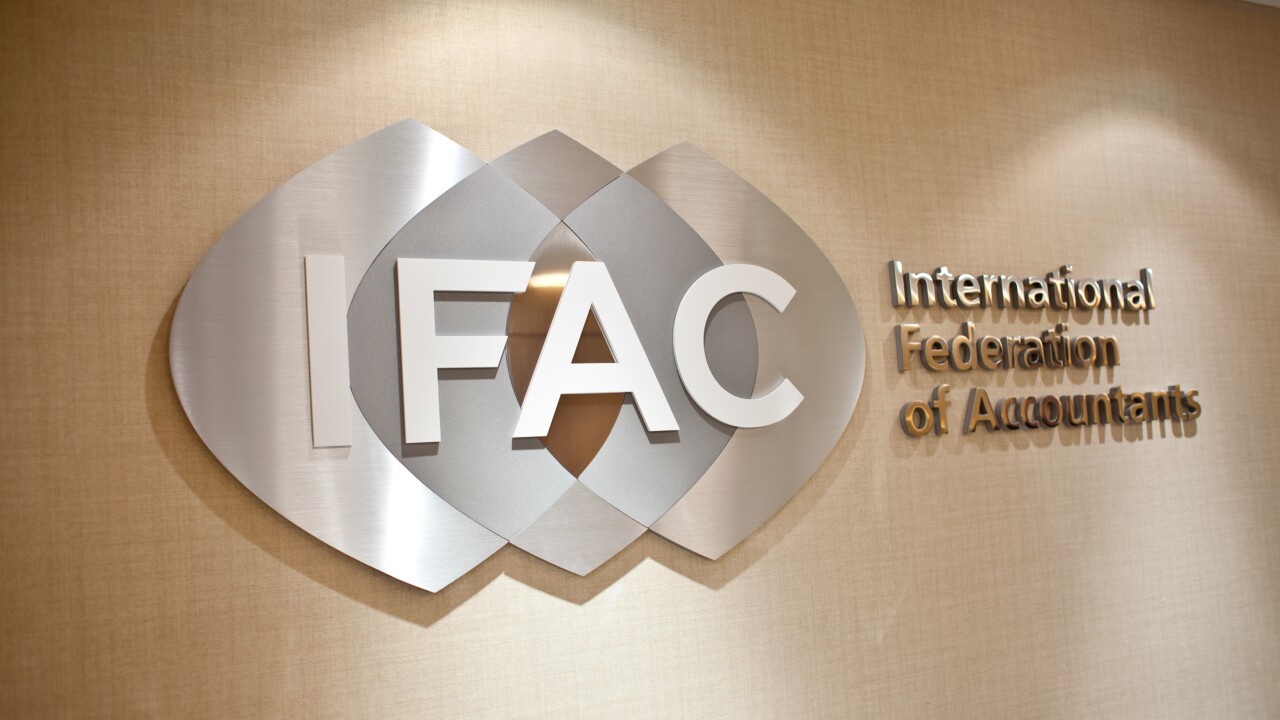Since its passage in 2010 with a number of deferred tax provisions, the Affordable Care Act has been a fertile source for new items of tax interest almost every year. From the beginning there was the small-business tax credit for providing health insurance, as well as an expanded definition of who qualifies for the medical expense deduction. Then we had the 3.8 percent tax on net investment income and additional 0.9 percent tax on earned income kicking in starting in 2013. This past year we added the rollout of the individual premium assistance credit and individual mandate.
For 2015, we add the employer mandate as the top new issue to worry about. On top of that, businesses are already starting to plan for the “Cadillac” tax on overly generous health plans coming into effect in 2018. By the time this goes to press, the Supreme Court will likely have had its say on premium subsidies in states with federally run exchanges. Unlike the last time the Supreme Court ruled, the fundamental constitutionality of the ACA is not at stake, but the long-term viability of health care reform could still be at risk.
KING V. BURWELL
The issue before the Supreme Court in King v. Burwell is whether individual health insurance subsidies, or advance premium tax credits, should be available only to individuals in states with state-sponsored exchanges or also to individuals in states where the federal government sponsors the exchange. Language in the ACA referring to state exchanges has created the issue. The majority of states have federally run health exchanges.
If the Supreme Court has decided that the subsidies are available to both state and federal exchanges, nothing will change, as this is in accord with the Internal Revenue Service’s current interpretation. If the Supreme Court has decided that the subsidies are only available to state exchanges, the ACA will go on as law but the affordability of insurance in many states with federal exchanges may cause participation to drop and insurance companies to leave the marketplace, which could eventually doom the effectiveness of the ACA. Some Republicans in Congress, perhaps fearing a backlash from the loss of subsidies primarily in Republican-leaning states, have proposed, in the event of a Supreme Court decision limiting the subsidies, to extend the subsidies in any event by additional legislation through August 2017.
THE EMPLOYER MANDATE
The employer mandate was originally scheduled to become effective in 2014 along with the individual mandate. The administration postponed the effective date to 2015 and then again to 2016 for certain smaller businesses. The mandate applies to businesses with a minimum of 50 full-time or full-time-equivalent employees, determined annually by looking at the preceding year. Businesses with at least 50 but less than 100 full-time-equivalent employees will not be subject to the mandate until 2016. A full-time employee is one who works 30 or more hours per week. There have been some congressional efforts to increase this to 40 hours per week, but so far they have not been enacted.
If a business meets the employee count threshold, it is required to provide affordable minimum essential coverage to avoid the penalty. The cost of single coverage cannot exceed 9.5 percent of the employee’s household adjusted gross income for the year. Revenue Procedure 2014-37 adjusted this percentage to 9.56 percent for 2015. Several safe harbors are provided to help the employer determine what the employee’s household income is for purposes of this test.
Minimum essential coverage requires that the employee health plan cover 60 percent of essential health benefits, defined as “bronze-level” coverage. Coverage must be offered to at least 95 percent of the business’s full-time employees. Coverage must also be offered to the children of the employee.
The penalty for failure to offer the required coverage to at least 95 percent of full-time employees is $2,000 per year multiplied by the total number of full-time employees, less 30. The penalty is calculated on a monthly basis. The percentage is reduced to 70 percent for 2015 for employers with 100 or more employees. If the business offers minimum essential coverage but still has one or more employees enroll in an exchange and receive a premium tax credit or cost-sharing subsidy, the penalty is $3,000 per year multiplied by the number of such employees, again applied on a monthly basis.
Businesses and their tax advisors must weigh the cost and benefits of providing health coverage against the cost of the penalties. An employer may still be subject to penalties if it is found to have artificially reduced its work-force or hours to avoid the penalties.
EMPLOYER REPORTING
Also delayed from 2014 to 2015 were ACA requirements with respect to employer reporting of health insurance coverage. Form 1094-C is to be provided to the IRS and Form 1095-C provided to the employee. Form 1095-C requires employers to calculate the lowest-cost plan available to each full-time employee each month and each full-time employee’s total monthly out-of-pocket cost for the employer health plan.
This reporting obligation will require the employer to collect detailed information to complete the required forms. Even employers with 50 to 99 full-time employees who are not subject to the employer mandate until 2016 are required to comply with the reporting requirements for 2015. Similar reporting requirements also apply to private insurers offering health insurance coverage, reporting on Forms 1094-B and 1095-B.
CADILLAC’ HEALTH PLANS
Starting in 2018, the ACA imposes an excise tax on high-cost employer-sponsored health plans, or “Cadillac plans.” The tax is 40 percent on any excess benefit. For 2018, the dollar limit is $10,200 for single coverage and $27,500 for family coverage.
One concern is that, since these limits were established when the ACA was passed in 2010, escalating health insurance costs have pushed more and more plans toward these limits. These plans appear to include not only plans designed to be very generous to owner-employees who set up the plans but also frequently catch union-negotiated plans where additional benefits were negotiated as an alternative to wage increases.
Given the severity of the excise tax, employers are already looking ahead to potentially reduce the costs of their health plans. The IRS has issued Notice 2015-16 to solicit comments with respect to implementation of this tax.
OTHER ISSUES
With Congress now in Republican control, many legislative proposals continue to emerge with respect to the ACA. In addition to repealing the ACA in total, proposals include repealing the medical device excise tax that was used to help fund the ACA and repealing the “Cadillac” excise tax that was also a revenue source. None of these legislative proposals are likely to make it past President Obama without replacement funding sources. However, the 2016 elections could be crucial to the long-term prospects for such proposals.
The IRS took the position in Notice 2013-54 that reimbursements of employee costs for health insurance constituted a group health plan that likely does not meet the requirements for the ACA. The IRS takes the position that the same principle applies whether the reimbursements are made pre-tax or after-tax. An increase in compensation not directly tied to the purchase of health insurance would not be subject to the penalty. In Notice 2015-17, the IRS provided some penalty relief, but that penalty relief expired on June 30, 2015.
SUMMARY
As has been the case for the last several years, the Affordable Care Act will in 2015 provide many new tax issues for taxpayers and their advisors to consider, and should make for another challenging tax filing season for 2015 tax returns.
George G. Jones, JD, LL.M, is managing editor, and Mark A. Luscombe, JD, LL.M, CPA is principal analyst at Wolters Kluwer Tax & Accounting US.





